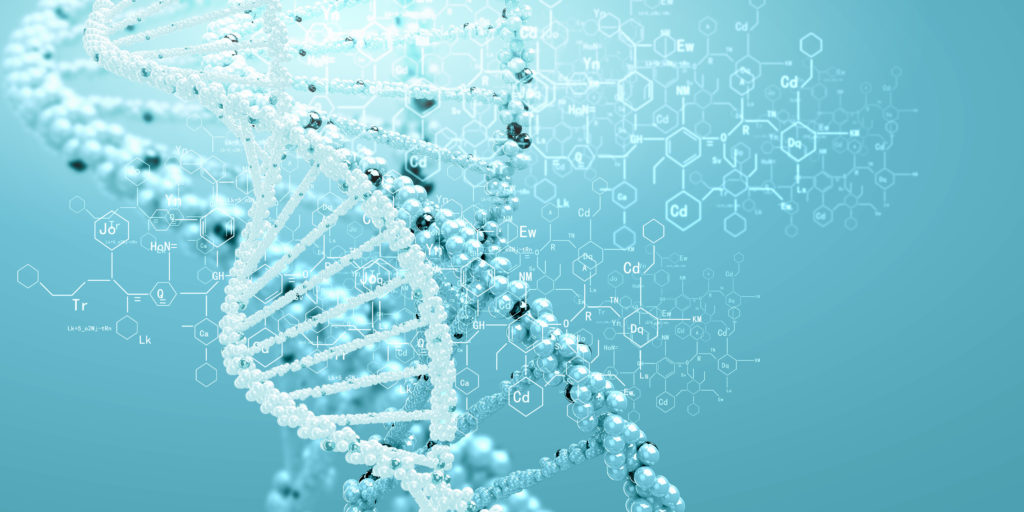Dear Readers,
An interesting paper appeared several months ago in an issue of the journal Genetics, “Waiting for Two Mutations: With Applications to Regulatory Sequence Evolution and the Limits of Darwinian Evolution” (Durrett, R & Schmidt, D. 2008. Genetics 180: 1501-1509). This is the fifth of five posts that discusses it. Cited references appear in this post.
The final conceptual error that Durrett and Schmidt commit is the gratuitous multiplication of probabilistic resources. In their original paper they calculated that the appearance of a particular double mutation in humans would have an expected time of appearance of 216 million years, if one were considering a one kilobase region of the genome. Since the evolution of humans from other primates took much less time than that, Durrett and Schmidt observed that if the DNA “neighborhood” were a thousand times larger, then lots of correct regulatory sites would already be expected to be there. But, then, exactly what is the model? And if the relevant neighborhood is much larger, why did they model a smaller neighborhood? Is there some biological fact they neglected to cite that justified the thousand-fold expansion of what constitutes a “neighborhood,” or were they just trying to squeeze their results post-hoc into what a priori was thought to be a reasonable time frame?
When I pointed this out in my letter, Durrett and Schmidt did not address the problem. Rather, they upped the stakes. They write in their reply, “there are at least 20,000 genes in the human genome and for each gene tens if not hundreds of pairs of mutations that can occur in each one.” The implication is that there are very, very many ways to get two mutations. Well, if that were indeed the case, why did they model a situation where two particular mutations — not just any two — were needed? Why didn’t they model the situation where any two mutations in any of 20,000 genes would suffice? In fact, since that would give a very much shorter time span, why did the journal Genetics and the reviewers of the paper let them get away with such a miscalculation?
The answer of course is that in almost any particular situation, almost all possible double mutations (and single mutations and triple mutations and so on) will be useless. Consider the chloroquine-resistance mutation in malaria. There are about 10^6 possible single amino acid mutations in malarial parasite proteins, and 10^12 possible double amino acid mutations (where the changes could be in any two proteins). Yet only a handful are known to be useful to the parasite in fending off the antibiotic, and only one is very effective — the multiple changes in PfCRT. It would be silly to think that just any two mutations would help. The vast majority are completely ineffective. Nonetheless, it is a common conceptual mistake to naively multiply postulated “helpful mutations” when the numbers initially show too few.
Here’s a final important point. Genetics is an excellent journal; its editors and reviewers are top notch; and Durrett and Schmidt themselves are fine researchers. Yet, as I show above, when simple mistakes in the application of their model to malaria are corrected, it agrees closely with empirical results reported from the field that I cited. This is very strong support that the central contention of The Edge of Evolution is correct: that it is an extremely difficult evolutionary task for multiple required mutations to occur through Darwinian means, especially if one of the mutations is deleterious. And, as I argue in the book, reasonable application of this point to the protein machinery of the cell makes it very unlikely that life developed through a Darwinian mechanism.
References
1. White, N. J., 2004 Antimalarial drug resistance. J. Clin. Invest. 113: 1084–1092.
2. Lynch, M. and Conery, J.S. 2000. The evolutionary fate and consequences of duplicate genes. Science 290: 1151–1155.
